We have written at length about the recommended lighting levels in all types of commercial spaces such as stores or hotels. This time we will focus on the most appropriate illuminance values for each room in the house.
Unlike lighting in workspaces, in the domestic environment we do not have any standards such as UNE-EN 12464. For this reason, we hope that this small guide will serve as a reference.
Lighting levels in a house
Lighting in the home is more than just placing light bulbs so as not to run out of light during the night. Choosing the right light tone and intensity will provide us with a higher level of comfort and improve the aesthetics of the space.
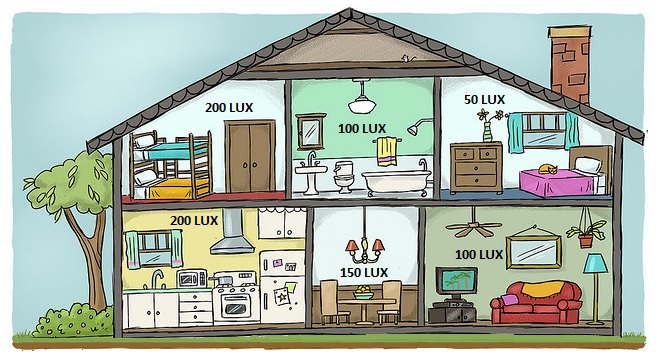
As always, the first thing to consider is all the activities that are going to be carried out in each of the rooms of the house. This way, we will know exactly the lighting needs of each space and choose our LED lights accordingly.
In addition, sticking to lighting that fits what we really need can be beneficial in reducing our electricity bill.
Kitchen lighting
The kitchen is one of the most used rooms in the house and requires functional lighting, but it should not be devoid of sophistication. The most common is to raise it in two levels: general and work.
For the general lighting of the kitchen, 200 lux can be sufficient, although in the areas where food is prepared we must add some complementary light that allows us to work comfortably.
Another advantage of illuminating at two levels is that we eliminate the shadows that we would cause ourselves on the worktop if we only have the general kitchen lighting.
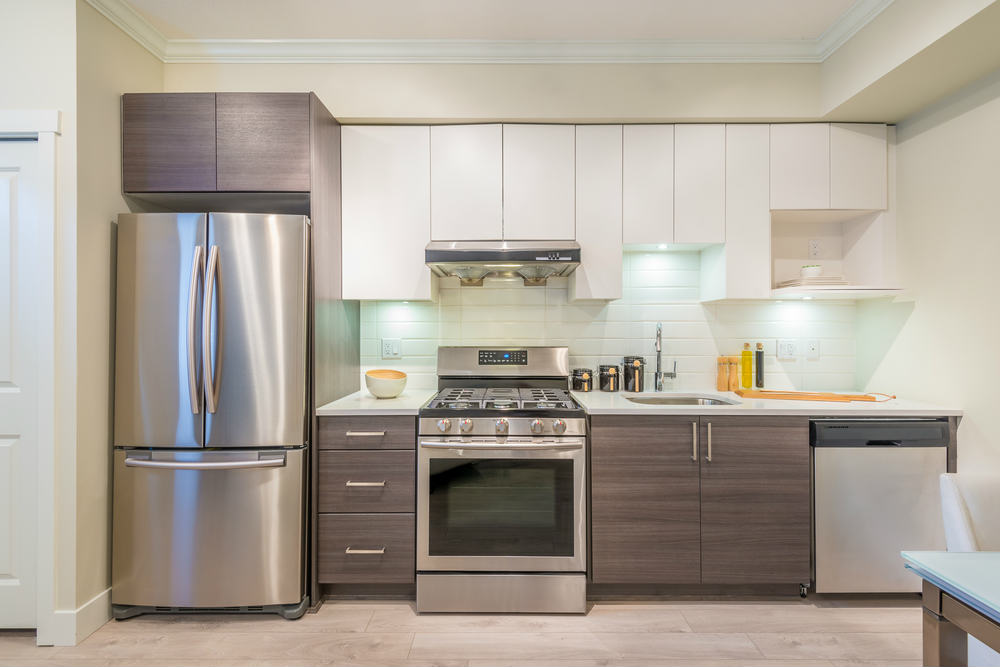
Usually cold light fluorescent tubes have been used to illuminate the kitchen. Nowadays, the most frequent thing is to install downlights or LED plates that distribute the light in a very uniform way.
Regarding color temperature, the use of cold light facilitates different tasks such as cutting or chopping and reduces the risk of accidents, since it improves concentration. In any case, it is important that the light has a color rendering index of at least 80 to easily determine the freshness of the food.
Bathroom lighting
Another room where the light has to be practical and functional. As we indicated when talking about kitchen lighting, in the bathroom we will again plan the light from two perspectives: the general light and the mirror light. To tell the truth, tiered lighting is a practice that we can apply in most areas of the house.
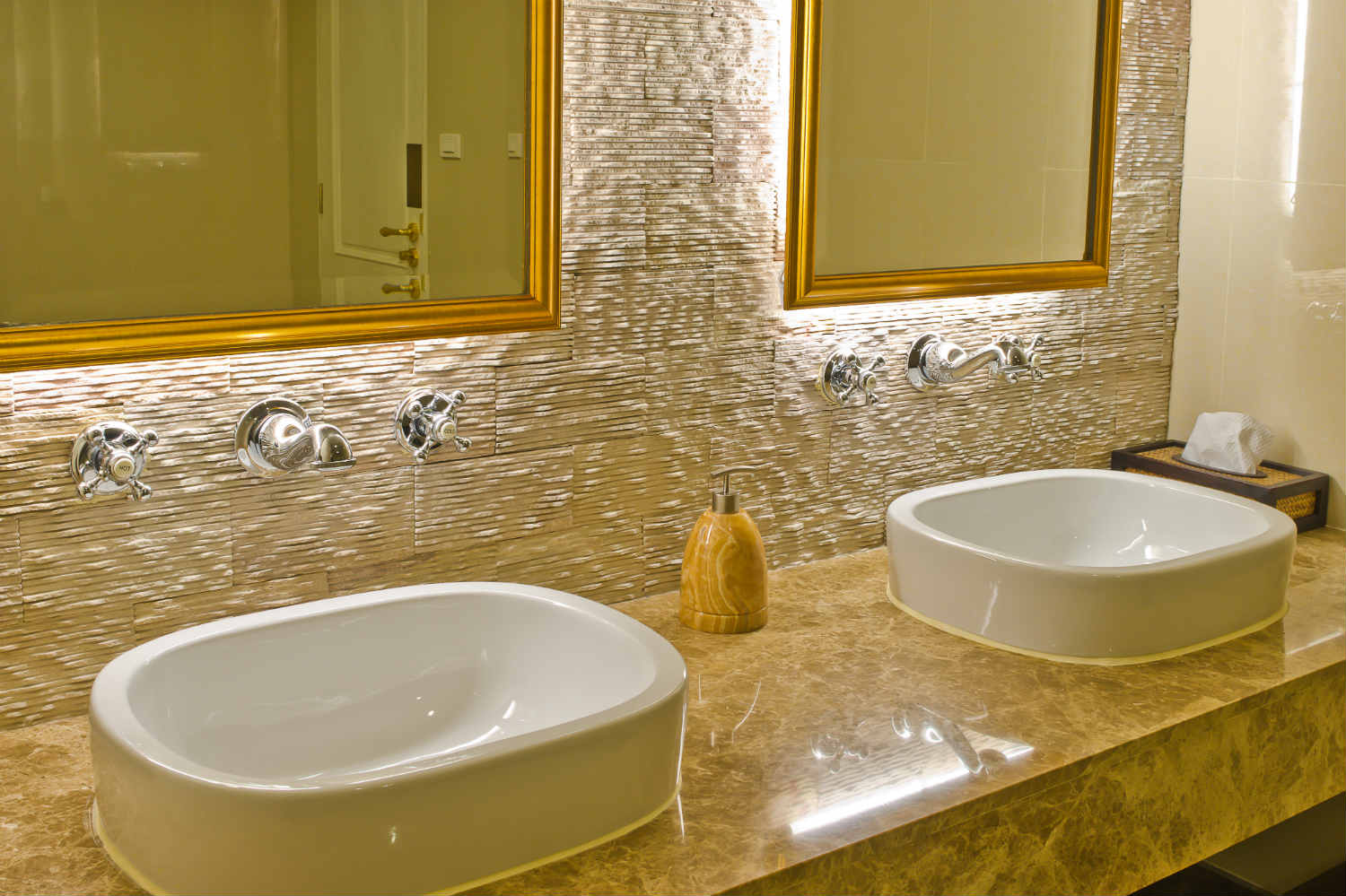
The most common is to use a downlight or a ceiling light in the center of the space and a second light source in the mirror, to help us with daily activities such as shaving or applying makeup.
When choosing the light for the mirror, we must take into account that the light temperature should be neutral and that there should be at least one point of light on each side of the mirror to avoid shadows.
Lighting in corridors and stairways
Passage areas generally require a low level of lighting. For most of them, a few well-distributed light points are more than enough. If we have installed small halogen spotlights, it will be sufficient to replace them with LEDs of equivalent power.
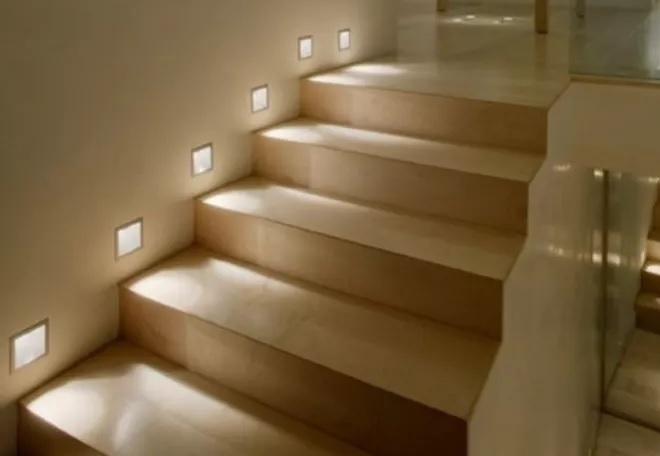
In corridors and, above all, in stairways, LED strips and beacons can be a very interesting alternative to conventional lighting. Automating the switching on and off of these lights, by means of presence detectors, is also a growing trend.
Lighting in bedrooms
In our lighting blog we have previously talked about the different options for lighting a bedroom or a children’s room. In both cases the lighting has to create a cozy and inviting atmosphere to rest.
The room is where the youngest of the house usually study or play and therefore, we must also have a light that is suitable for such activities. Therefore, the most practical is to have a warm and low intensity general lighting, which we will complement with another of greater luminosity, if it is cold better, for tasks such as reading or writing.
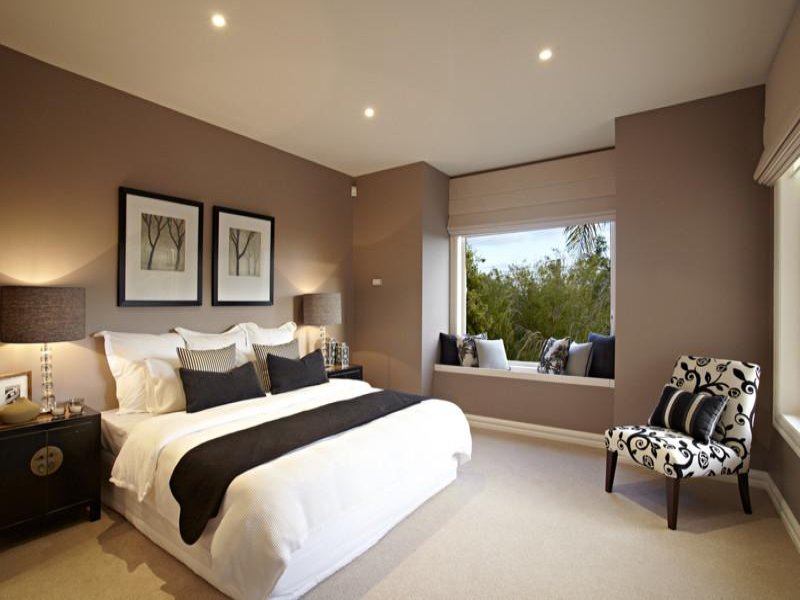
The most common lighting system in all types of bedrooms includes general lighting from the ceiling of the room, the table lamp and, in children’s rooms, the desk lamp.
Living room and dining room lighting
Whether both are in the same physical space, or if we have a room for each use, the lighting in the living room and dining room have a similar purpose: to create a comfortable space.
In this room an infinite number of different activities are carried out with the most varied lighting needs. We therefore need a versatile system that we can easily adapt to every moment. For this reason, having dimmable lighting or, better yet, an intelligent lighting system such as the Philips HUE, can be an excellent solution.
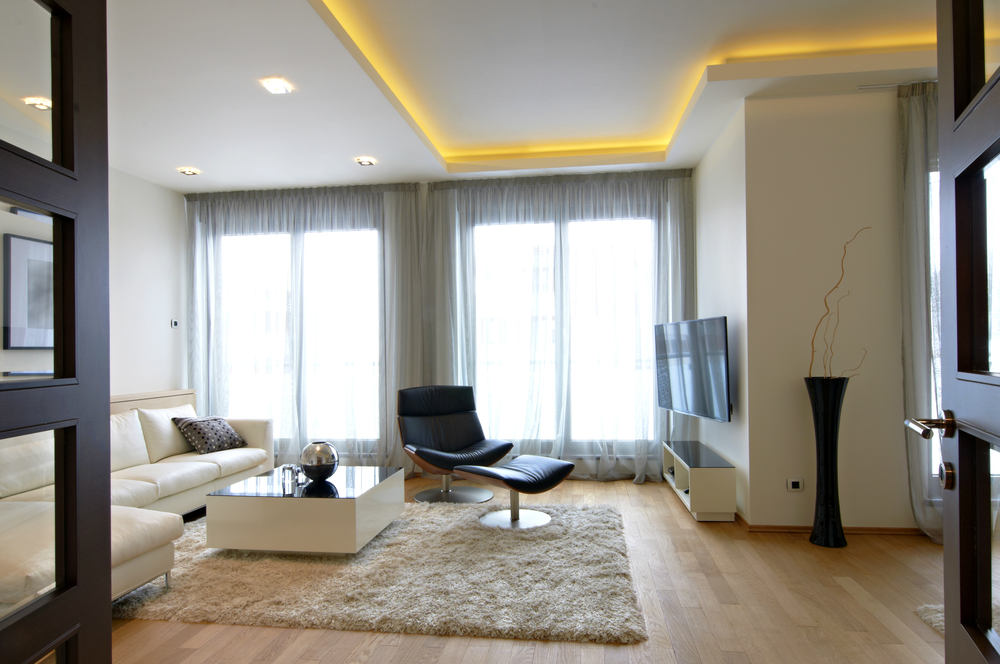
Broadly speaking, we will need a general light that does not have to be too powerful, although in the dining area it must be sufficient to be comfortable.
To watch television, we recommend a dim ambient light that does not produce reflections on the screen and, if we like to read, an auxiliary light source with a little more intensity and a cooler tone.
Recommended lighting levels by room
The following table summarizes the recommended lighting levels for each room.
Kitchen
| General | 200 lux | Floor |
| Countertop / Island | 500 lux | Work area |
Bathroom
| General | 100 lux | Floor |
| Mirror | 300 lux | Face height |
Corridors and stairs
| Dwellings | 100 lux | 1 m |
| Common areas | 150-200 lux | 1 m |
Bedroom
| General | 50 – 100 lux | Floor |
| Headboard | 150 – 300 lux | Reading light |
Children’s bedroom
| General | 200 lux | Floor |
| Desk | 500 lux | Table |
Living / Dining room
| General | 100 lux | Floor |
| TV | 50 lux | Ambient light |
| Reading | 150 – 300 lux | Reading plane |
| Dining room | 150 lux | Table |
It is worth stressing again that these are indicative values, but they are a good guide to know the minimum amount of light we need for each type of activity we can perform indoors, with safety and adequate visual comfort.
As always, you can leave your questions in the comments.

